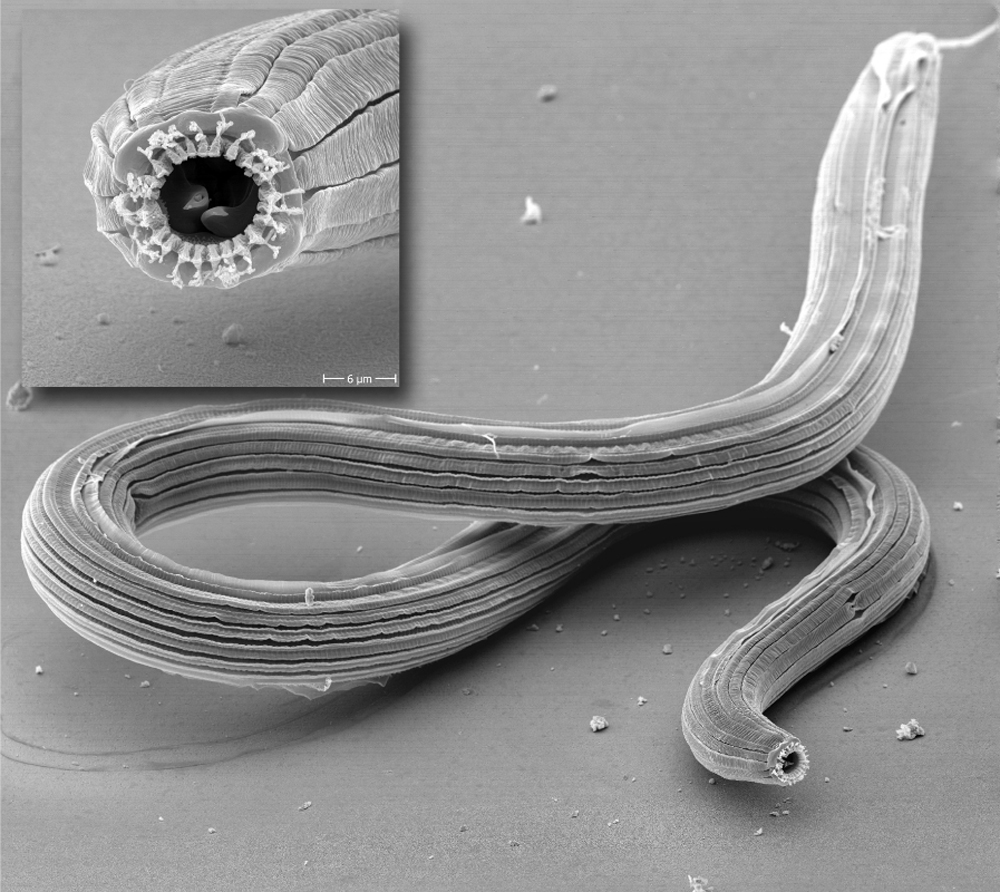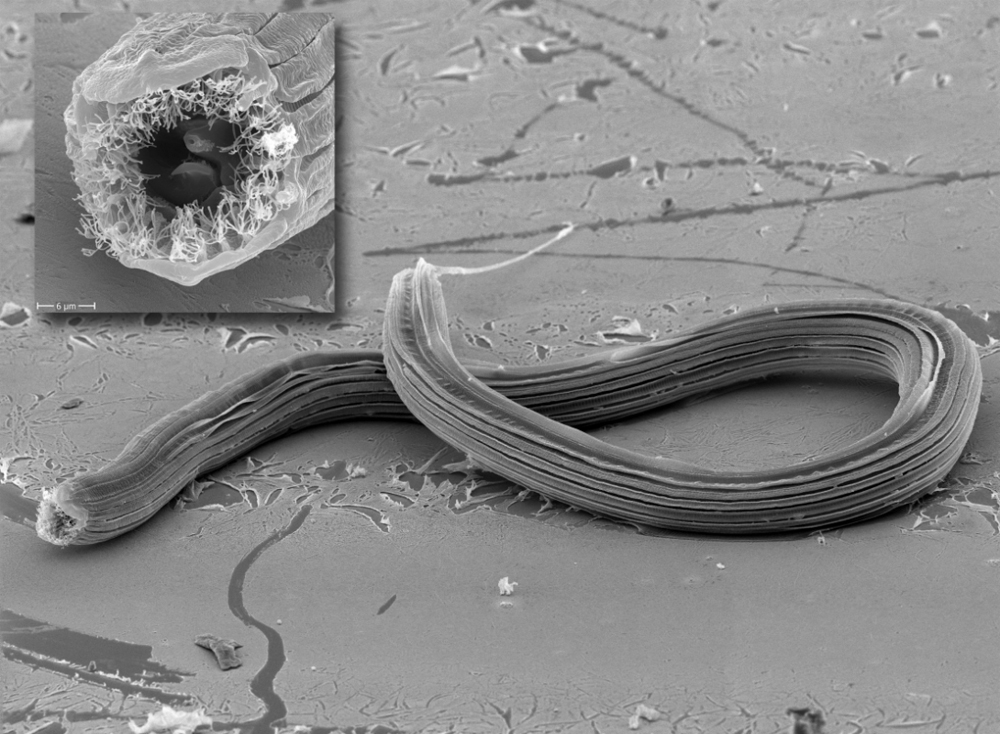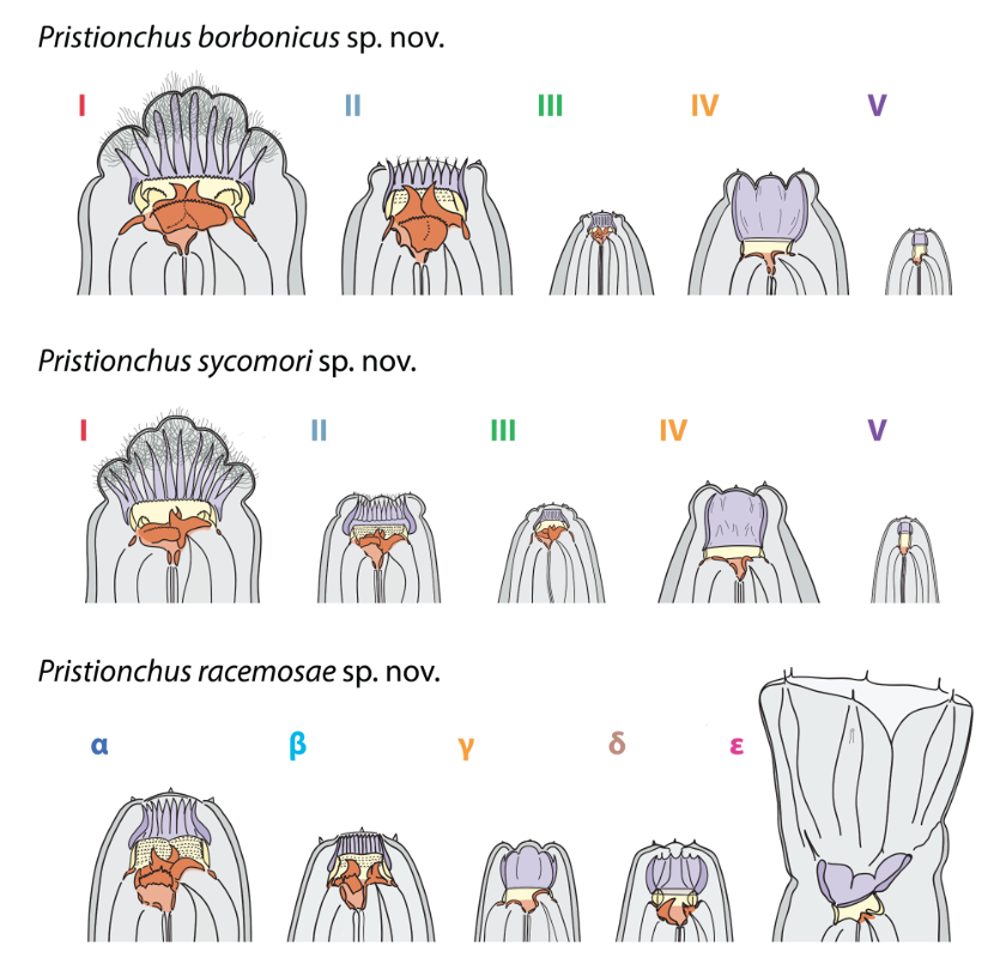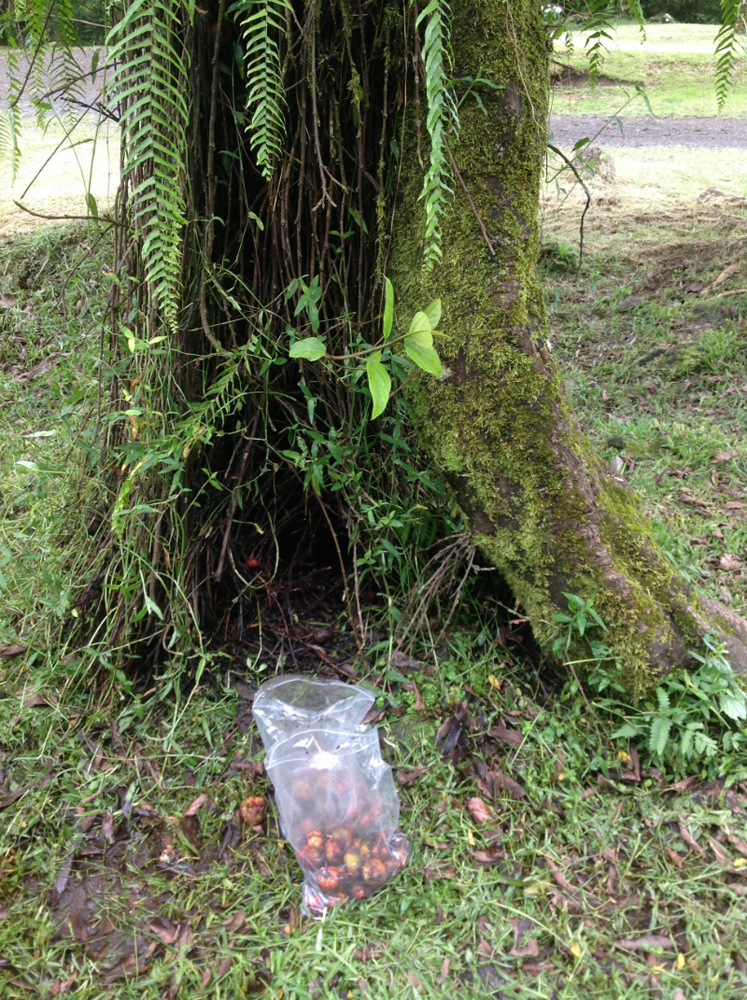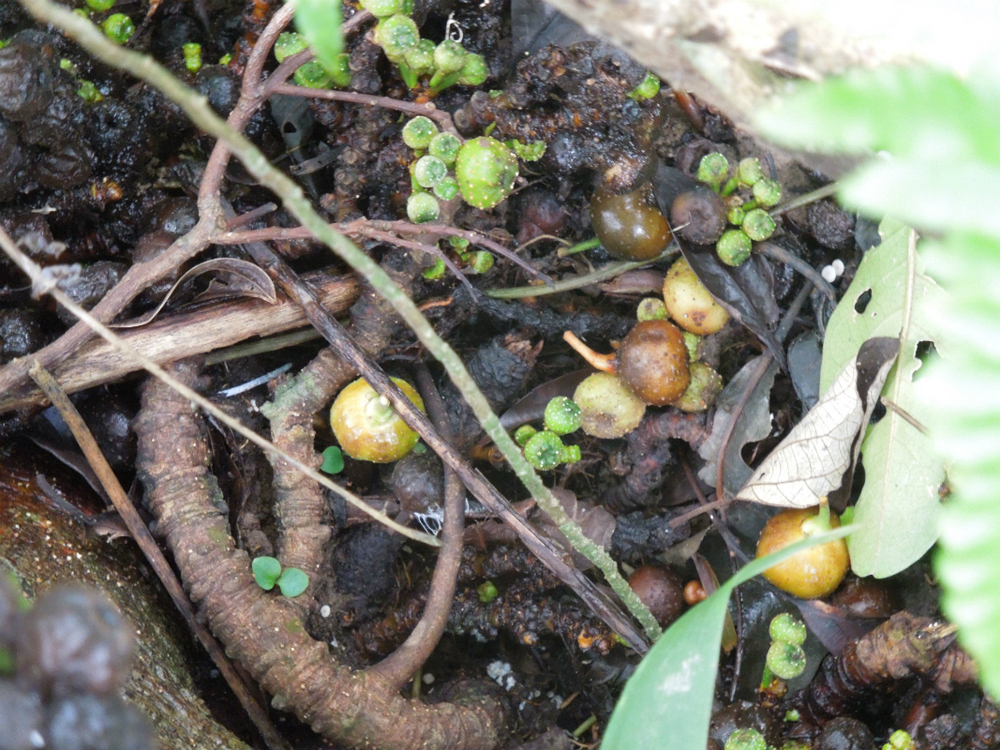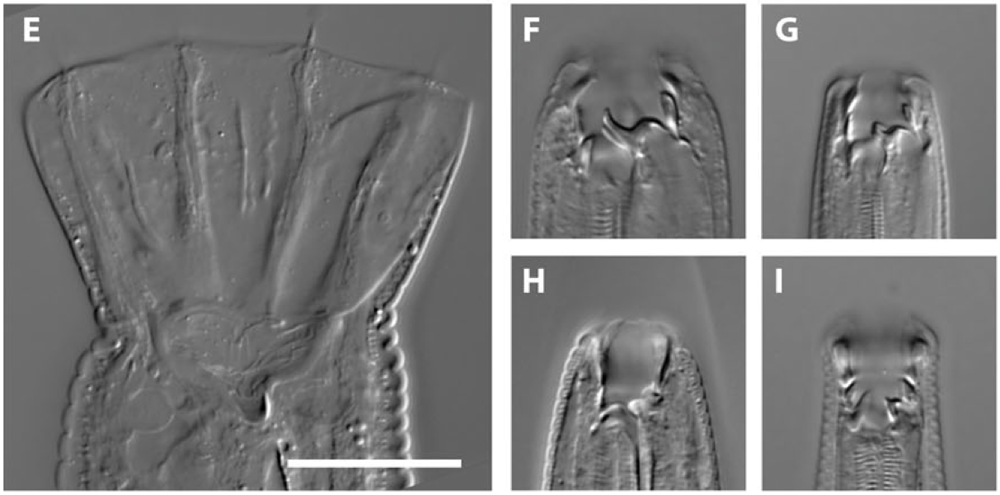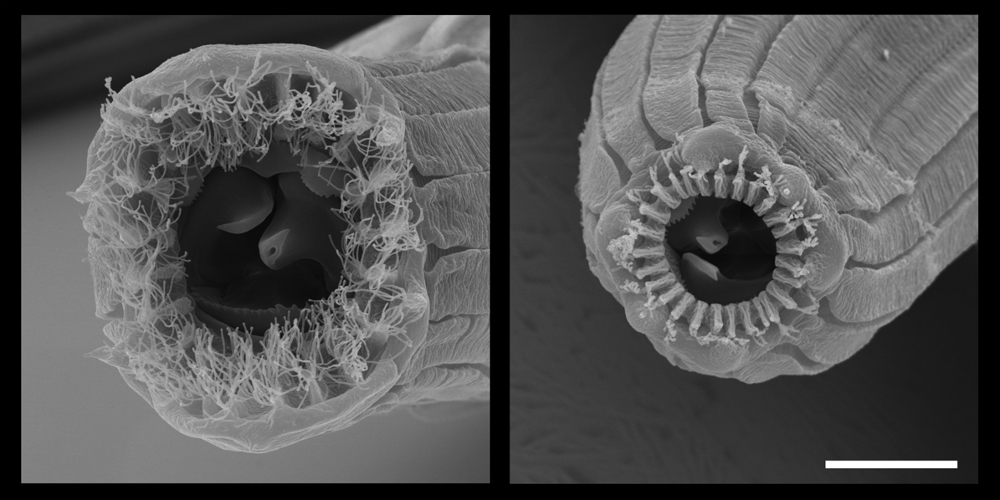Photos: One Worm, Five Shape-Shifting Mouths
A microscopic worm's changing face almost fooled scientists into thinking its different mouths belonged to different species. But DNA analysis proved that the worm with five faces was really just one species after all. And it's not the only one — the scientists then discovered two additional worm species that can shape-shift their mouths into one of five adult forms, to best match whatever food is readily available. [Read the full story on Fig-Dwelling Worm Is a Mighty Mouth-Morpher]
Open wide
One of five different mouth morphs of Pristionchus borbonicus, with the head magnified as an insert. (Credit: Vladislav Susoy & Jürgen Berger)
One species, five mouths
Another Pristionchus borbonicus mouth form. When researchers first saw the five dramatically different mouth shapes, they thought that they belonged to different nematode species. They later discovered two more worm species that also could form five very different mouth shapes. (Credit: Vladislav Susoy & Jürgen Berger)
Three species, fifteen mouths
Different adult mouth shapes of P. borbonicus, P. sycomori, and P. racemosae. Certain mouthparts, which are comparable across species and mouth shapes, are color-coded. (Credit: V. Susoy et al./Science Advances)
Get the world’s most fascinating discoveries delivered straight to your inbox.
Found in figs
To study the nematodes, researchers gathered the figs that the worms inhabit in the La Réunion forests, sometimes driving two hours to reach collection sites, study co-author Ralf Sommer told Live Science. The figs grow on runners along the ground, rather than on the branches. (Credit: Max Planck Institute for Developmental Biology)
A microecosystem
Nematodes associated with figs are carried to the fruits by pollinating wasps, which the nematodes parasitize and "ride" while in an arrested juvenile form. Researchers described the figs as an "island-like microecosystem" in which the worms can feast on a spectrum of food sources. (Credit: Max Planck Institute for Developmental Biology)
Another mouth to feed
Five mouth shapes in adult P. racemosae. Despite the dramatic differences in size and shape of the mouths, genetic analysis confirmed that all of these worms belonged to the same species. (Credit: V. Susoy et al./Science Advances)
All the better to eat you with
Mouth forms found in nematodes P. borbonicus (A to E) and P. sycomori (F to J). Larger maws are for feeding on roundworm prey, while smaller, "microbivorous" forms are for eating bacteria and yeasts. (Credit: V. Susoy et al./Science Advances)
Open wide!
Two mouth forms of P. borbonicus, found in the fig species F. mauritiana. The beard-like fronds ringing the mouth are highly unusual, known only in P. borbonicus and in one other nematode species, P. sycomori. (Credit: Vladislav Susoy & Jürgen Berger)
Follow Mindy Weisberger on Twitter and Google+. Follow us @livescience, Facebook & Google+. Original article on Live Science.

Mindy Weisberger is a science journalist and author of "Rise of the Zombie Bugs: The Surprising Science of Parasitic Mind-Control" (Hopkins Press). She formerly edited for Scholastic and was a channel editor and senior writer for Live Science. She has reported on general science, covering climate change, paleontology, biology and space. Mindy studied film at Columbia University; prior to LS, she produced, wrote and directed media for the American Museum of Natural History in NYC. Her videos about dinosaurs, astrophysics, biodiversity and evolution appear in museums and science centers worldwide, earning awards such as the CINE Golden Eagle and the Communicator Award of Excellence. Her writing has also appeared in Scientific American, The Washington Post, How It Works Magazine and CNN.


